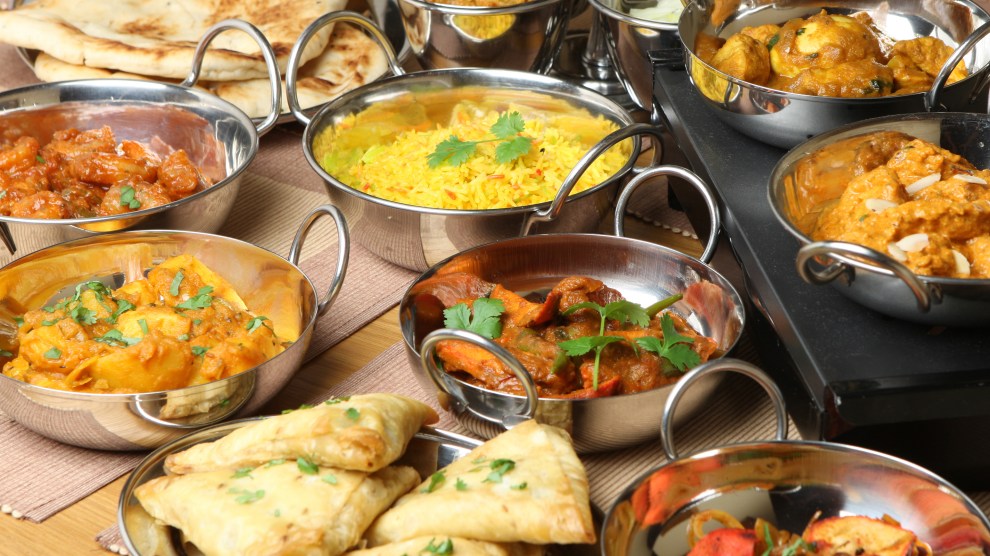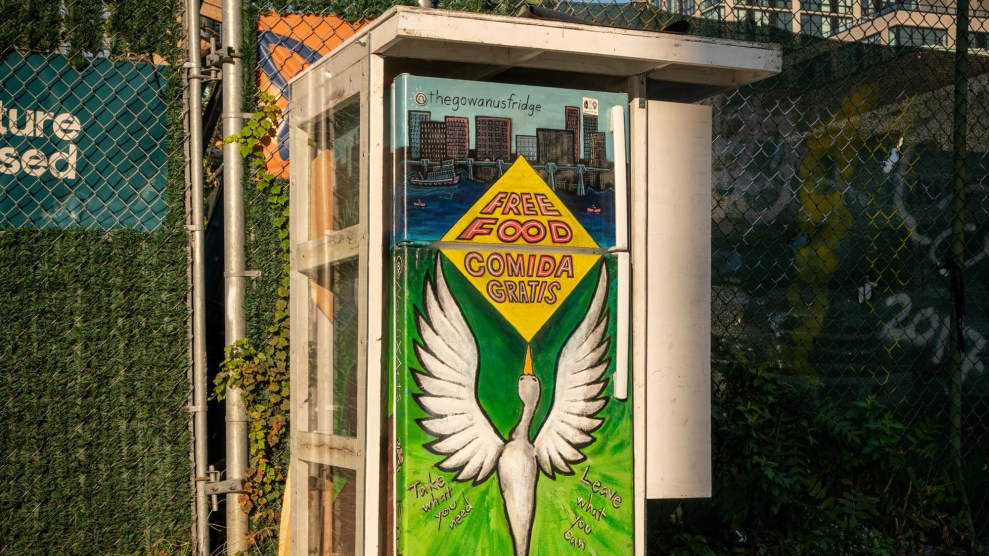In August 2021, Washington Post columnist Gene Weingarten penned a piece that mentioned his profound dislike for Indian food, which according to him was defined by a single spice: “curry.” The response was immediate and fierce; Mindy Kaling questioned the article’s point while Top Chef’s Padma Lakshmi called it ignorant and racist. The same summer, BuzzFeed reposted a video by food vlogger Chaheti Bansal calling for the term “Indian curry” to be canceled altogether. “There’s a saying that the food in India changes every 100 km,” Bansal asserted, “and yet we’re still using this umbrella term popularized by white people who couldn’t be bothered to learn the actual names of our dishes.”
Of course, as Weingarten was schooled, “curry” is not a single spice: While the curry leaf is used as an ingredient in some South Asian dishes, curry powder is a varying mixture of spices, one that is rarely found in Indian households. According to Top Chef contestant and cooking teacher Amirah Islam, the word “curry” may have derived from the Tamil word “kari,” which means spiced sauce. When the Portuguese invaded India in the 15th century, they began using the word “carree” to describe broths poured over rice.
Two centuries later, British colonizers began reworking local dishes to their palates and referring to all of them as curries. Indian merchants capitalized on the situation by commercializing curry powder and selling it to the British, who began using it in their versions of Indian dishes. Later, curry became linked to harmful stereotypes, like the term “curry-muncher.”
“Curry is a term that became popularized via colonialism,” says Anita Mannur, author of Culinary Fictions: Food in South Asian Diasporic Culture and a professor of English at Miami University of Ohio. “If colonialism is a system of power, part of that power comes from the ability to name, simplify, and take away complexity. So shorthands enter lexicons—and curry is one of those.”
Since the early 1900s, Punjabi people have made up a large share of South Asian immigrants into the United States, and North Indian cuisine—or Mughlai cuisine, as it is known in India—has dominated the South Asian food scene in the West. And it’s a particular form of Mughlai food, heavy on spiced sauces often referred to by Americans as curries, that has been further assimilated to Western tastes, says Sana Javeri Kadri, who was raised in Mumbai and now lives in the Bay Area, and founded a spice company called Diaspora Co. This adaptation of tastes flattens our understanding of the diversity of South Asian food, Javeri Kadri argues—“it does everybody a disservice.”
As chef and activist Preeti Mistry sees it, referring to all Indian food as curry is “a way to devalue and collapse, as if somehow our food is a monolith. It comes from not understanding and not wanting to.” Mistry, whose family hails from the Indian state of Gujarat, ran a restaurant in Oakland called Juhu Beach Club until 2018, serving up Indian street food and homestyle specialties. Once, a chef on a food tour didn’t want to stop at Juhu because “they didn’t like curry,” Mistry recalls. “I took offense because this was someone who knew me and my food, who was still choosing to dumb it down like this.”
Given curry’s speckled past and reductive associations, should the term be phased out entirely? Islam, the cooking teacher, thinks we should move away from it. She advises chefs and home cooks to instead “take up space—tell your stories. It’s imperative to talk about where specific culinary techniques and cuisines originate to give credit and respect to the cultures they derive from.” With her upcoming The Diaspora Cookbook, Javeri Kadri hopes to introduce readers to hyperlocal cuisines from places like the hills of Kerala to help them understand the nuances of tastes from across the subcontinent.
There are signs that the moniker may be falling out of favor anyway. “One way we already see this happening is in the growing presence of South Indian food in Indian restaurants,” Mannur says. In June, the James Beard Foundation named Chai Pani, an Asheville, North Carolina, restaurant serving Indian street food, its Outstanding Restaurant, essentially deeming it the best restaurant in America. The menu features dishes like the multitextured bhel puri chaat, and uttapam studded with corn and peas—and not a single dish labeled “curry” to be found.














